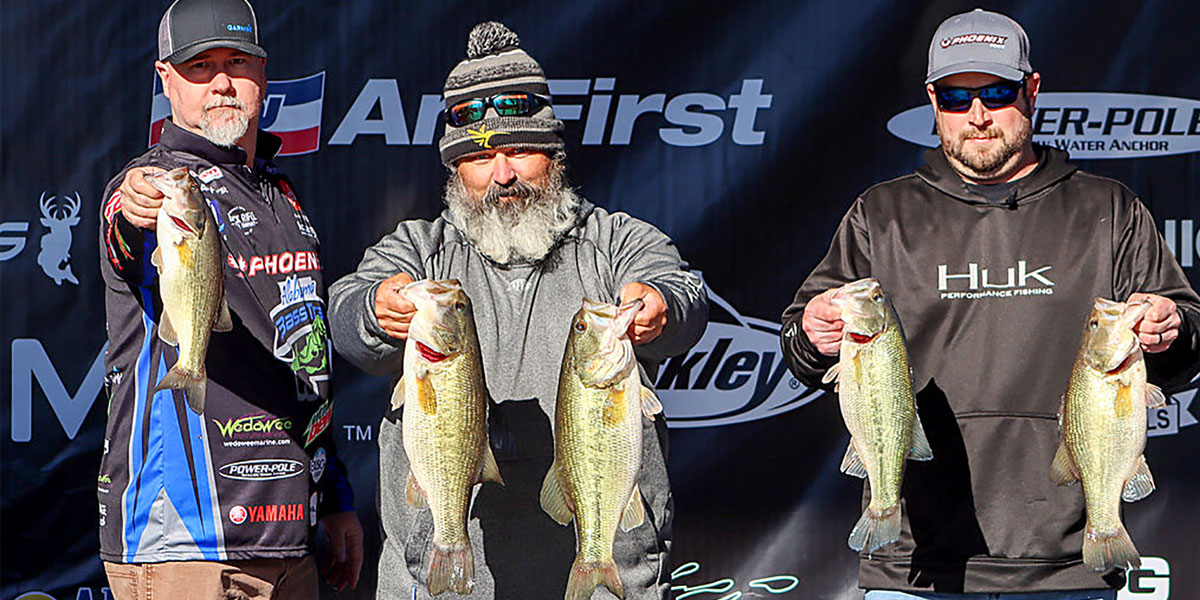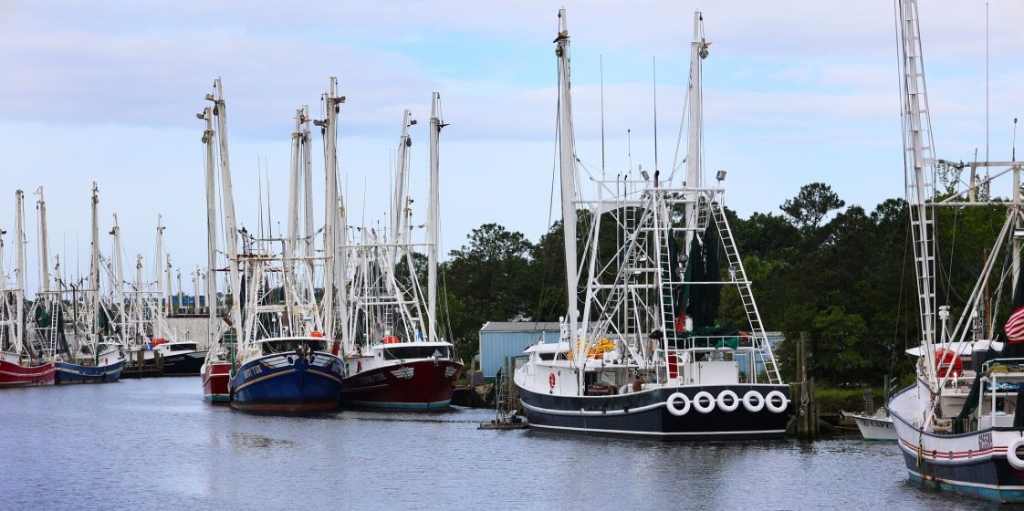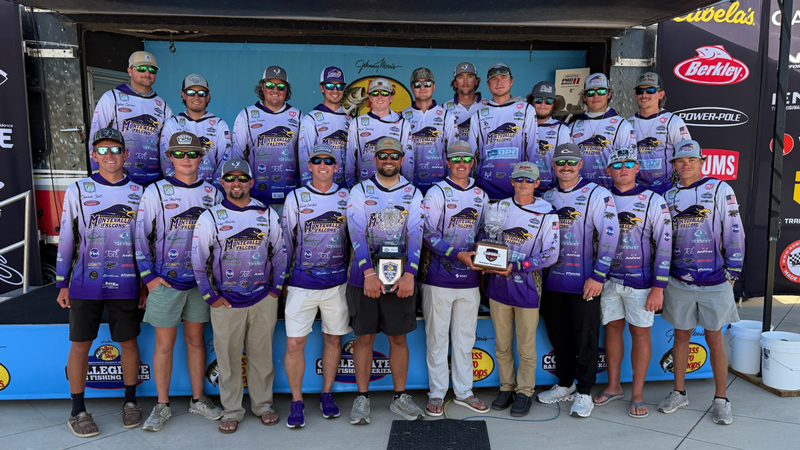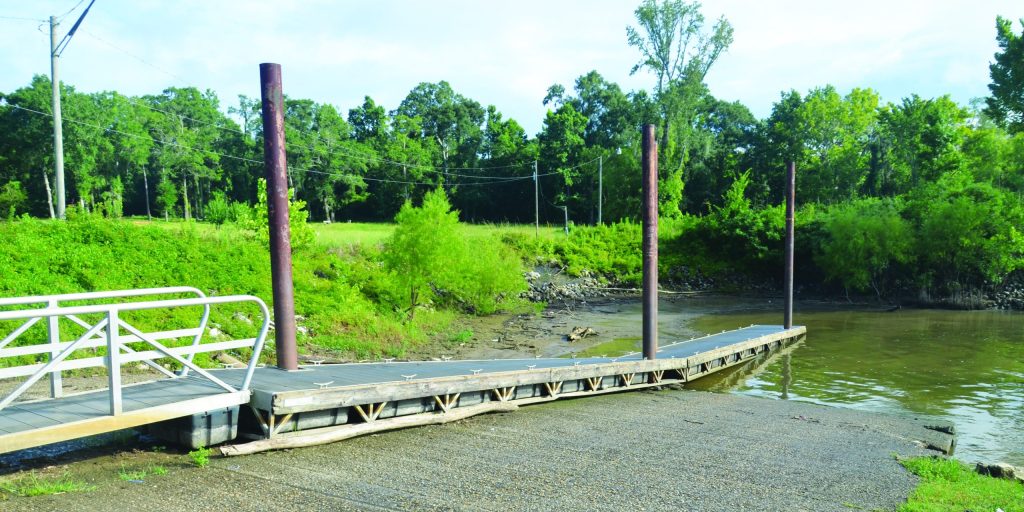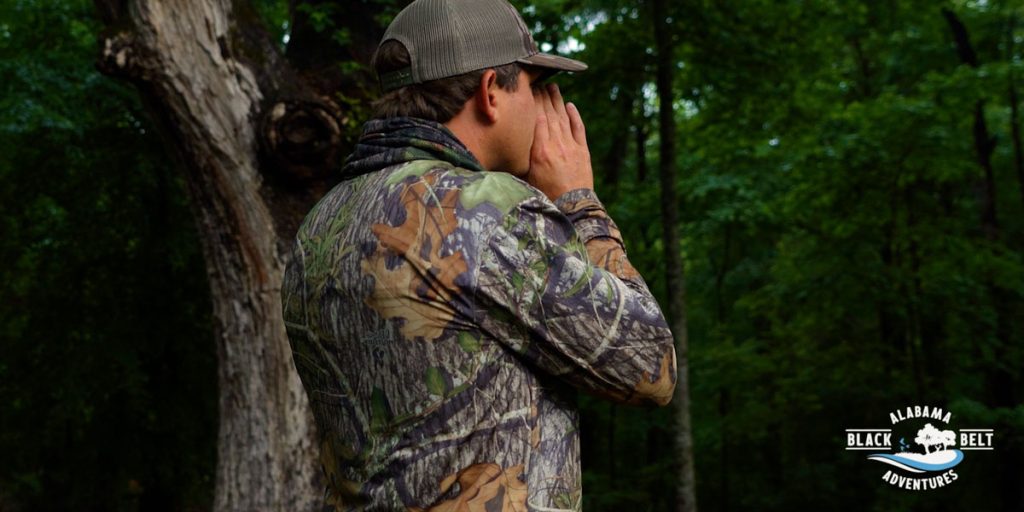Keith Henderson, Fisheries Development Supervisor with the Alabama Department of Conservation and Natural Resources’ Wildlife and Freshwater Fisheries (WFF) Division, is busy tweaking the annual BAIT report on bass fishing in the state.
The Bass Angler Information Team (BAIT) report takes bass tournament results from across the state and creates a comprehensive summary of the results. The report compares results on an annual basis and relates them to historical statewide tournament data, and also by reservoir comparisons, creating a ranking system based on different criteria.
Henderson has recently taken over the program and has been busy updating the tournament and BAIT website as well as restructuring the BAIT report.
“All the information we collect and what we analyze stays the same,” Henderson said. “I’m working on getting this information to the public quicker.”
Henderson has created a new interactive map on the website that allows him to share some of the summarized tournament data long before the BAIT report is published.
“We have updated our BAIT webpage and included the interactive map,” he said. “I upload some of the important data on the website before the final BAIT report is published.”
The COVID-19 pandemic hasn’t made that effort easier for Henderson and his cohorts.
“We’ve had a drop in participation, and in 2020 we had a COVID year with a huge drop-off in tournaments,” he said. “We had to decide what we could present and what we couldn’t depending on the sample size of tournaments.”
WFF uses five quality indicators to determine each year’s rankings – percent success, average bass weight, bass per angler day, pounds per angler day and the length of time to catch a five-pound bass.
“Percent success looks at the percentage of time anglers catch at least one bass per tournament,” Henderson said. “The average bass weight is derived from every bass weighed in. The bass per angler day looks at the number of fish that are weighed in per 10 hours of fishing. Pound per angler day is the average bag weight per 10 hours of fishing. Length of time to catch a 5-pound bass calculates this estimate, and the reservoirs with the fewest hours gets a higher ranking.”
The statewide BAIT statistics showed a 14.03-pound average winning weight per five fish, 3.54 as the number of bass weighed in per angler per day, 7.67 pounds as the pounds of bass weighed in per angler per day, 2.17 pounds as the average weight of bass caught, 390 hours to catch a 5-pound bass, 9.58 pounds for the largest bass caught, six bass 8 pounds or larger were caught, and 180 bass were 5 pounds or larger. The species included in the report are largemouth bass, smallmouth bass and spotted bass.
“This allows us to rank the reservoirs by percent success (anglers catching at least one fish), overall catch, largest average size bass and time required to catch a bass 5 pounds or larger,” Henderson said. “We take all that into account to determine overall rankings.”
Henderson cautions that the rankings are not necessarily determining the best overall reservoir because it does not account for biological factors, but it gives anglers some idea of where they might have the most success.
The effects of COVID on fishing and fishing tournaments turned out to be a paradox. On one hand, the number of people fishing during the pandemic increased significantly. However, the number of bass tournaments were down significantly.
“People fished a whole lot during that time, but tournaments were pretty much shut down,” Henderson said. “We didn’t get nearly as much data during that period. There was a significant reduction in BAIT tournament reports, especially during the prime fishing time. The preferred time for most anglers is in the spring. So, it makes it hard to compare 2020 to previous years, but we were still able to gather some important information.”
One notable victim of the lack of tournament reports was Wilson Lake on the Tennessee River as Wilson did not have the required five reports to be considered in the rankings.
“For the previous six years, Wilson held the highest quality indicator rankings in the overall category,” Henderson said. “The Tennessee River typically has some of the best fishing and is really popular with tournaments and bass fishermen in general. But we didn’t have enough tournament submissions to include Wilson in the quality indicator rankings.
“The reason for the five-report requirement is to increase our sample size and not make it dependent on one tournament at that particular reservoir, or what the weather was on that particular day. We want a good representation of what that reservoir is actually doing. And the more tournament reports we have for each reservoir distributed throughout the year helps to better represent the reality in each reservoir.”
In 2020, Weiss Lake in northeast Alabama on the Coosa River gained the top overall ranking with 50 points, edging Logan Martin Lake, also on the Coosa, at 49 points. Harris Reservoir (Lake Wedowee) on the Tallapoosa River had 42 points to 41 points for Lake Eufaula on the Chattahoochee River in southeast Alabama. Pickwick Lake on the Tennessee River rounded out the top five at 39 points.
One of the top bass fishing lakes in the nation, Guntersville Lake, was unable to crack the top five but for a different reason than Wilson.
“A side point to note is that most Tennessee River reservoirs, including Guntersville, have minimum length limits for bass,” Henderson said. “Sometimes that throws off the quality indicator rankings because you’re comparing Guntersville with a 15-inch minimum length limit to reservoirs where anglers can weigh in bass 12 inches.
“What that does is it decreases percent success and bass per angler per day. But the fish they do weigh in are larger and longer. It inflates the average weight and pounds per angler day. You have to keep in mind that every reservoir is a little different. Guntersville doesn’t always rank high in the overall quality indicators, but that is not necessarily a reflection on the quality of fishing.”
In the percent success category, Harris was first, followed by Lake Mitchell on the Coosa River, Logan Martin, Weiss and Lake Martin on the Tallapoosa.
In the bass per angler per day (10 hours of fishing) category, Logan Martin was best, followed by Martin, Weiss, Mitchell and Harris.
In the average bass weight, Guntersville came out on top, followed by Eufaula, Pickwick, Lake Jordan on the Coosa River and Weiss.
In the pounds per angler per day, Logan Martin prevailed, followed by Weiss, Pickwick, Martin and Eufaula.
In the hours to catch a 5-pound bass category, Eufaula was the leader, followed by West Point Lake on the Chattahoochee, Harris, Pickwick and Guntersville.
“The biggest takeaway here is we need people re-engaged in the BAIT Program,” Henderson said. “This data shows that if you just want to catch a lot of fish, Harris, Mitchell and Logan Martin offer the best opportunities. If you want to catch larger and bigger fish, the traditional favorites are Eufaula, Guntersville, Pickwick and Logan Martin. If you’re trying to catch bass over 5 pounds, Guntersville, Pickwick, Eufaula and Harris rank highly. That is what we expect to see, so we know we’re getting some meaningful information through the reports.”
WFF has been administering the BAIT Program since 1986. Fisheries biologists compare the data from the reservoirs over time to provide a baseline for the historical quality of bass fishing.
“We can develop immediate trends by comparing the data to the previous year’s, and we can compare it to historical data,” Henderson said. “The quality indicators for 2020 decreased slightly from 2019 with the exception of percent success. That’s what we expected, because 2019 had so many more tournaments. We had so many more reports from the spring of 2019. For 2020, we don’t have that information. Even with that decrease, our metrics were still above our historical average except for the time to catch a 5-pound bass.
“Even with COVID, our 2020 numbers were still very close to 2019. I’m very pleased with the information we were able to obtain. Fishing in Alabama’s reservoirs is still great.”
Visit www.outdooralabama.com/tournaments to view upcoming tournaments and post your tournament on the website and view other important information regarding hosting tournaments in Alabama. Visit www.outdooralabama.com/BAIT for more information on how to become a BAIT member and to submit tournament results and to view the BAIT interactive map for the most recent information.
David Rainer is an award-winning writer who has covered Alabama’s great outdoors for 25 years. The former outdoors editor at the Mobile Press-Register, he writes for Outdoor Alabama, the website of the Alabama Department of Conservation and Natural Resources.




